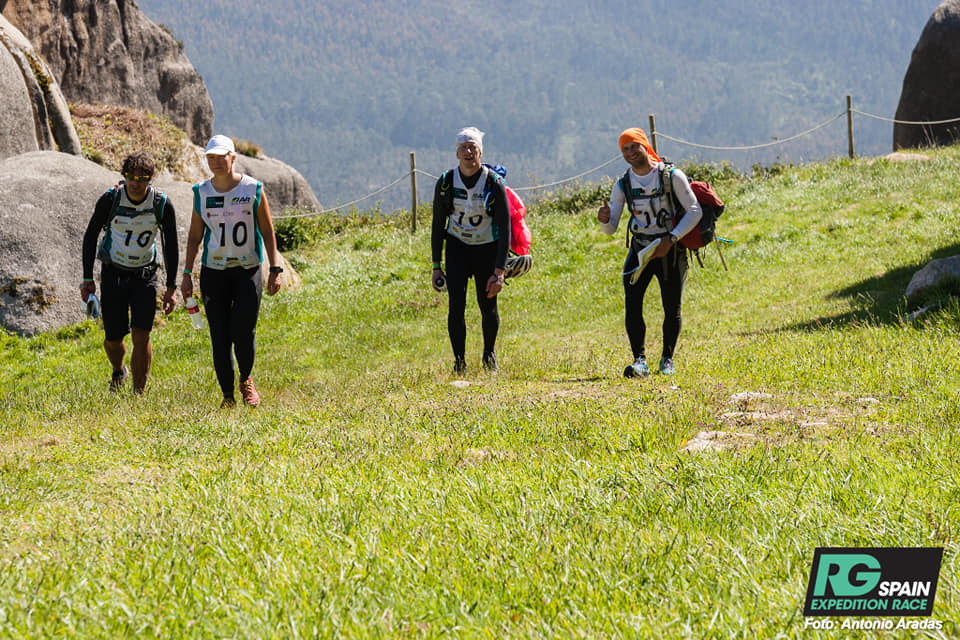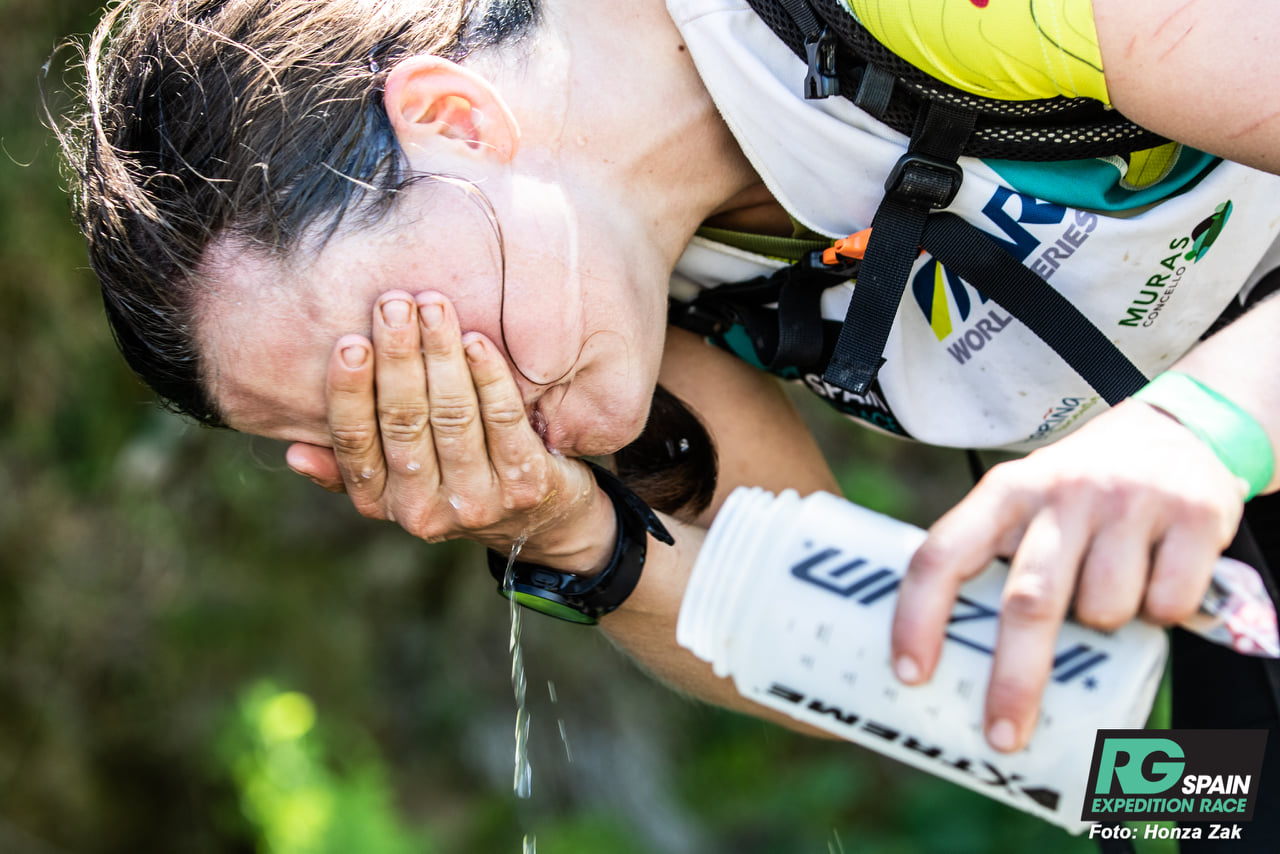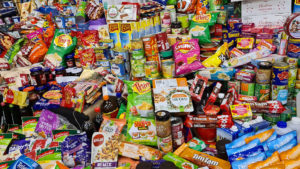During any adventure race, energy and its intake have always been difficult for athletes. It’s difficult, after all, to estimate the amount of energy required during the race.
Even pros fail at it sometimes.
The most common mistake with most endurance sports, including adventure racing, is carrying too many sports supplements. If you’re like many adventure racers, you might carry more than can even be eaten during the race.
Or you might notice during the race that you don’t like the flavour of any of the sports supplements you brought. That’s reasonable on some level since you need to ensure you have enough supplements to energise you for the ENTIRE race.
However, that extra weight isn’t worth carrying in your backpack. Every ounce of weight can slow you down and makes your pack heavier while racing. It doesn’t have to be that way, though.
In this post, I’ll tell you how to measure and prepare the right amount of energy for a 3- to 6-hour adventure race. I’ll also give you some ideas on what sports supplements and foods are best to consume during a race and how much of them you need to carry with you.
Energy for an adventure race of 3–6 hours or longer
In a 3- to 6-hour adventure race, you need to be constantly consuming and replenishing energy. The longer the race, the more it can start to feel like an eating competition. Yet practically no one gets enough energy during a race. There’s almost always some degree of energy shortage, even for the top-performing athletes and pros.
To remedy that, the best energy source for any race is carbohydrates. And probably the easiest way to get a lot of carbs is to eat energy gels or the like. Gels and gel chews are easy to eat, and the effects manifest quickly.
You shouldn’t, however, bring any sports supplements or food to the race that you don’t like under normal circumstances. If you don’t like eating an energy gel, an energy gel chew, or a protein bar on a jog, you’re not going to like it during an adventure race, either.
During the race, it’s almost impossible to eat too much whatever your preferred source of energy. But despite that, yes, it is easy to bring and carry too much. The most common mistake is to overestimate the amount of energy that you can reasonably eat during the race. Even if you know exactly how much you should eat during the race, you probably won’t be able to actually eat that much.
So, there’s two key takeaways from all of that:
- Take only supplements or food you generally like to eat.
- Don`t carry too much weight just to “be sure” you have enough.
Don’t like energy gels? No problem! Here’s what to eat instead
Energy gels have a lot of energy. But if you don’t like them, it’s much better to eat something you like. And there are plenty of other options!
Everything sweet and full of carbohydrates is, of course, a good source of energy. But salty options are also worth taking with you. In a 3- to 6-hour race, you will already likely have made up your mind to eat salty energy sources. But it’s good to remember that the body needs salt, as well as minerals and electrolytes.
With that in mind, here’s an inspiring list of energy sources for the competition if energy gels and gel chews aren’t your thing:
- Energy bars and protein bars (avoid light versions!)
- Honey and/or fruit purees
- Candies (loose candies, fruit candies, chocolate)
- Energy biscuits or even just ordinary biscuits
- Bananas, nuts, dried fruits
- Recovery drinks
And for longer and slower races, you can also try these options:
- Any kind of pastry you like
- Chips and salted nuts
- Sausages, small pieces of bread, cheeses, olives
What’s the right amount of these energy sources to take? I’ll dive into that next.
How to measure the amount of energy you need for an adventure race
Some athletes use counters to calculate the number of kilocalories needed for a race. Unfortunately, for most racers, the amount becomes too large. Even if your body needs a calculated number of kilocalories of energy, it’s a whole different matter when it comes to how much you can actually eat during a race.
I recommend approaching the right amount of energy by thinking about practice, the real racing situation. It is clear, though, that the amount of energy needed is personal for every athlete and depends on your size, physique, appetite and team pace.
However, with this guide, you can prepare and measure the amount of energy that is right for you in an adventure race by taking the steps below:
- Unpack the food from the original packaging. Gels, bars, and anything else that is the size of about one serving can be left in their packages.
- Now pack the unpacked foods in small plastic bags so that one bag corresponds to a single dose of energy – for example, a handful of candies or nuts in one bag, or a couple of cookies on their own.
- Consider how many of such servings you will eat per hour. It should be realistic to eat 2–3 times an hour (2–4 times is ideal).
- Check the estimated times or lengths for the race stages given by organizers. Estimate the expected stage and section durations for your team.
- Make a separate, and a bit bigger, plastic bag for each stage and note the expected duration of the section.
- Divide the number of energy portions into each bigger plastic bag based on the estimated hours for the section. For instance, for 2 hours of cycling, include 4–6 servings (e.g., 2 gels, 2 little bags of nuts and 1 recovery drink, and 1 bag of dried fruits).
- At this point, think about what you can practically eat in every discipline. Paddling requires fast-eating energy, for example, while cycling better allows you to use your hands to eat.
- Now you have as many plastic bags as there are stages in your race. During the race, take the right bag for every stage with you, and you’ll have the right amount of energy to keep up your endurance.

Keeping your energy stores full during your adventure race
During any adventure race, you should eat evenly from the very beginning. Yet eating is typically forgotten in those early parts of the race. Everything is so exciting at the start of a race. I get it. You usually feel like you have a handful of things to do and need to speed up your pace.
If you’re afraid that you’ll forget to eat in those early parts, try eating one energy gel about 15 minutes before the race starts. It gives your energy and speeds up to you in the fast race beginning.
It is good to then eat one dose of energy 2–4 times per hour, every hour.
If eating as much and as often as you should be is impossible at first, make sure you drink enough. During a race, you have to drink even more than you eat. In short races, I recommend drinking sports drinks. But longer races water tastes also good and refreshing. Your body can do amazing things if you are well hydrated. That is so essential, that you can do short races only by drinking sports drinks. Even you could not eat much.
With all of that said, I hope you found some inspiring tips that help keep your energy consumption up to fuel your endurance! Keeping your energy stores up in a 3- to 6-hour adventure race is crucial to both your success and your health, after all.


2 thoughts on “How to prepare and measure energy for an adventure race”